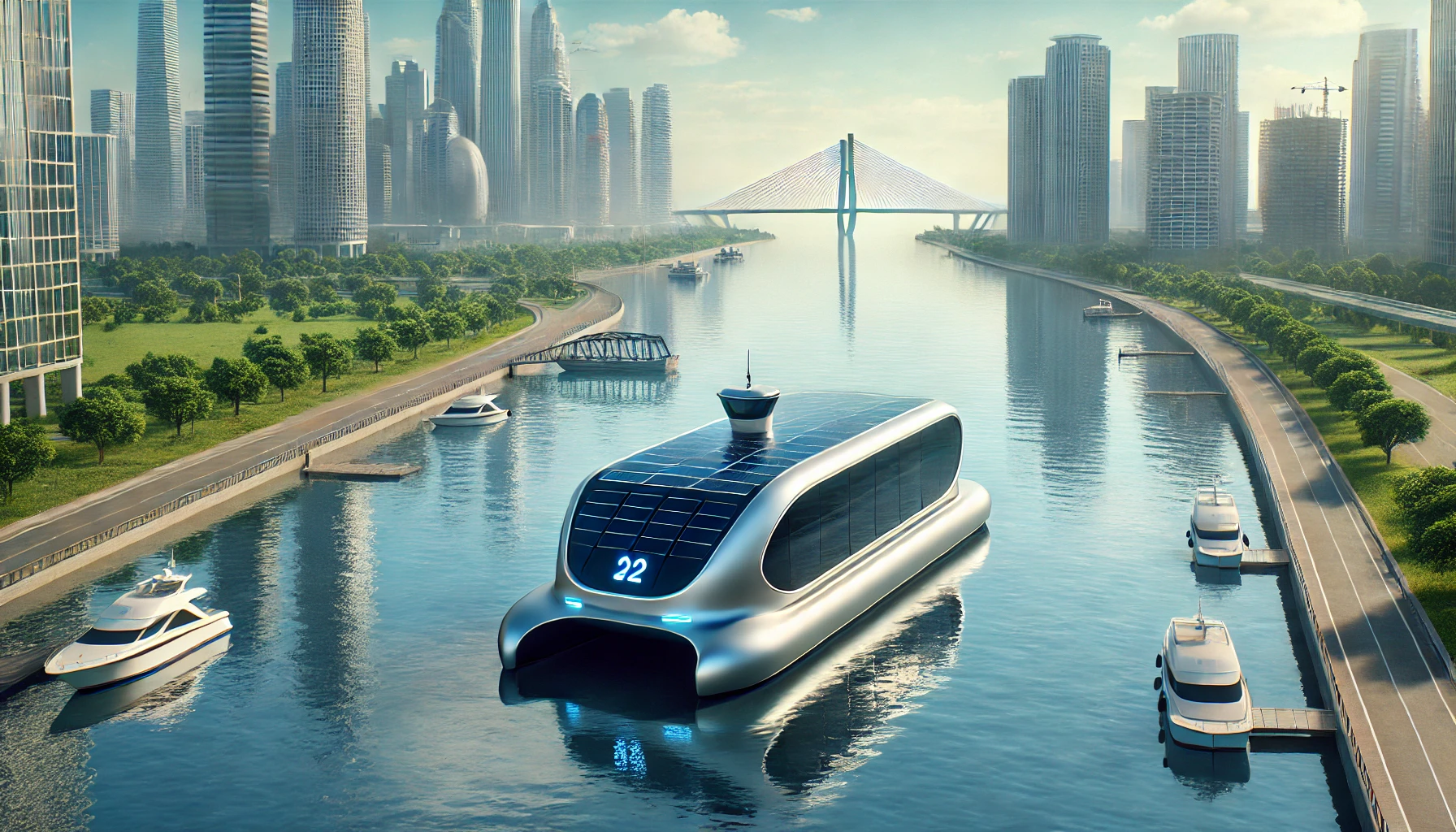Autonomous Ferries: Charting a New Course for Maritime Transport and Sustainability

The Dawn of the Autonomous Ferry Era
Picture this: you’re standing at the edge of a dock in a bustling coastal city, waiting for a ferry that has no captain, no crew, and no worries. The ferry glides silently across the water, powered by the latest in AI technology, and here’s the kicker—it’s greener than your morning smoothie. Autonomous ferries are quietly changing the game in maritime transport, offering a sustainable and efficient alternative to traditional ferries. With coastal cities increasingly looking for ways to cut emissions and reduce congestion, these robotic boats are the future we didn’t know we needed. And believe me, they’re here to stay.
Why Autonomous Ferries? Why Now?
The question isn’t 'why autonomous ferries?' but rather, 'why did it take so long?' With cities like Copenhagen, Stockholm, and even parts of Japan already hopping aboard the autonomous wave, it’s clear this isn’t a flash in the pan. These ferries bring a buffet of benefits to the table—fewer emissions, reduced operational costs, and the ability to run 24/7 without a single yawn from a tired captain. It’s like having your own personal water Uber, minus the surge pricing. The technology that powers these vessels uses a combination of sensors, GPS, and artificial intelligence to navigate through busy waterways, avoiding obstacles and docking with more precision than your average human-controlled ship. Sustainable, efficient, and highly adaptable, they are the perfect fit for our climate-conscious age.
The Green Credentials: Sustainability at Its Core
One of the biggest selling points of autonomous ferries is their green credentials. These vessels are powered by electricity or hybrid engines, drastically reducing greenhouse gas emissions compared to their diesel-guzzling predecessors. They also help alleviate the traffic woes of many coastal cities, providing an alternative to roads clogged with cars and trucks. By offering a smoother, quieter, and much cleaner ride, autonomous ferries are contributing to a cleaner planet, one ferry trip at a time. The best part? These ferries can be tailored to fit local needs, whether that means more frequent service during peak hours or more routes to ease traffic on the busiest waterways.
Autonomy Meets Efficiency: A Win-Win for Cities
For cities, adopting autonomous ferries is like hitting the jackpot. Not only are they cheaper to operate in the long run, but they’re also incredibly flexible. Imagine a ferry that can adjust its route based on real-time demand, or one that doesn’t need to take breaks for crew shifts or fuel stops. The efficiency gains are staggering. These ferries can operate continuously, offering seamless service that scales with demand, and their energy-efficient designs mean cities can save money on fuel and maintenance. In fact, one study found that autonomous ferries could reduce operational costs by up to 30%. It’s a win-win: cleaner air, more efficient public transport, and lower costs.
The Technology Behind Autonomous Ferries
What makes these ferries tick? At the heart of it all is AI and sensor technology that makes these vessels as sharp-eyed as a hawk. Lidar sensors map out the waterway, spotting obstacles like other boats, swimmers, or even wayward dolphins. Combined with GPS and machine learning algorithms, the ferry’s system predicts the best route and avoids any potential hazards. But don’t worry, there’s still a human safety net—most autonomous ferries can be overridden by a human operator in case of emergencies. It’s kind of like a Tesla, but for water, and without the tweets from Elon Musk.
Challenges on the Horizon
Now, before you cancel your subscription to the traditional ferry service, it’s worth noting that there are still a few bumps in the water. Regulations are playing catch-up with the technology, as maritime laws weren’t exactly written with robot boats in mind. Safety concerns, especially regarding the interaction between manned and unmanned vessels, are also being ironed out. And then there’s the price tag. Autonomous ferries don’t come cheap, although proponents argue that the long-term savings more than make up for the initial investment. Lastly, convincing the public to trust a boat without a captain at the helm might be a bigger challenge than you think. After all, we’re talking about centuries of maritime tradition here.
What’s Next for Autonomous Ferries?
The future of autonomous ferries looks as wide open as the seas. With cities around the world scrambling to reduce their carbon footprints, these smart, efficient vessels are set to play a major role in the public transport systems of tomorrow. In the next few years, we can expect to see more cities piloting autonomous ferry programs and refining the technology to meet local needs. Who knows—your next vacation might include a leisurely ride on a fully autonomous ferry, with nothing but the sound of the waves to keep you company. So, next time you’re stuck in traffic, just imagine cruising over calm waters in a sleek, silent ferry that’s as smart as it is sustainable.
The Final Question: Will You Take the Leap?
As autonomous ferries quietly sail into our future, the question is, are we ready to embrace them? With sustainability at the forefront of urban planning and the ever-increasing need for efficient public transport, autonomous ferries offer a promising solution. So, would you feel comfortable boarding a ferry with no captain at the helm, or would you prefer to stick with the old-school human touch?



